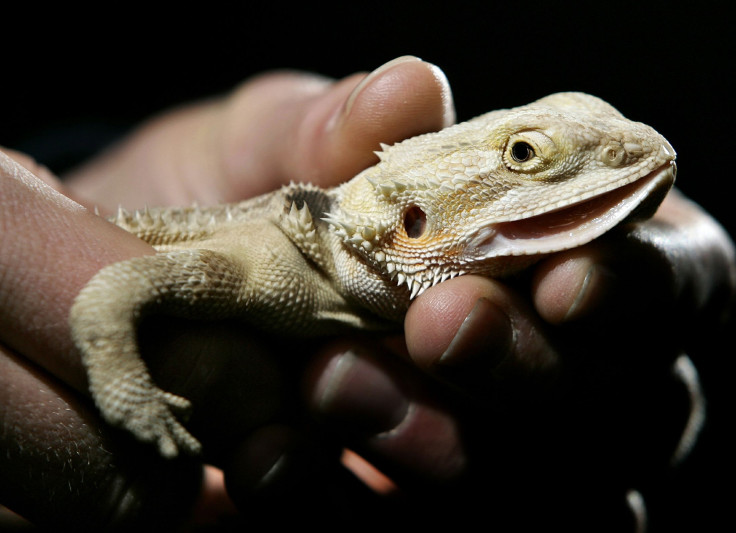Australian bearded dragons help scientists understand evolution of sleep; Reptiles dream too like humans

Researchers in a German laboratory have revealed some interesting details about the sleep patterns of reptiles. They are of the opinion that reptiles also experience the same sleep states as birds and mammals, including humans. The scientists have also revealed that sleep patterns like rapid eye movement sleep (REM) and slow-wave sleep (SWS) evolved 300 million years ago in the common ancestors of all animals. Based on the research findings, it can be stated that just like modern lizards, dinosaurs also dreamed.
The researchers involved five Australian bearded dragons for the study, published in the Science journal. When asked on what reptiles can possibly dream about, director of the Max Planck Institute for Brain Research in Germany and neuroscientist Gilles Laurent used a loose definition of dreaming to answer the question.
“If you forced me to speculate and to use a loose definition of dreaming, I'd speculate that those dreams are about recent notable events: insects, maybe a place where there are good insects, an aggressive male in the next terrarium, et cetera,” Laurent said.
He then explained further, saying that if he were an Australian dragon living in Frankfurt, he would dream of a warm day in the sun.
When humans go through REM sleep, their blood pressure and heart rate rise, eyes move fast and limb muscles become incapacitated. This is when dreams flourish. On the other hand, show-wave sleep is deep sleep and there is little dreaming during this phase.
The researchers placed probes inside the brains of the Australian bearded dragons for measuring electrophysiological activity during sleep. Humans generally experience four or five long slow-wave/REM sleep cycles every night. Shockingly, the reptiles showed 350 80-second-long cycles.
Professor of computation and neural systems at Caltech, Thanos Siapas, told Discovery News that the study “is a truly groundbreaking paper that sheds new light into how the architecture of sleep evolved. The data and analysis are very compelling and suggest an ancient origin of the two alternating stages of sleep.”
However, how did sleep evolve in the first place? Did it evolve as something totally different and then evolved into something what we know today? Laurent says it is too early to answer though the new study will surely shed light on the direction.





















